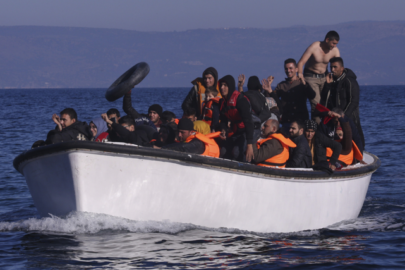Since 1947, the Bulletin of the Atomic Scientists has been tracking world events and assessing how close we are to “destroying our world with dangerous technologies of our own making”. Originally focused on the threat posed by nuclear weapons, the scope has since been broadened to include the effects of climate change (first considered in 2007). The Doomsday Clock metaphor is used to “warn the public” about how close we are thought to be to the worst-case scenario.
In 1947, the clock was started at 7 minutes to midnight – midnight being the point at which it is all too late and the world being destroyed. This assessment was driven mainly by “the prospect that the United States and the Soviet Union were headed for a nuclear arms race”. By 1953, this had been reduced to just two minutes, with the publication proclaiming, somewhat dramatically: “The hands of the clock of doom have moved again. Only a few more swings of the pendulum , and, from Moscow to Chicago, atomic explosions will strike midnight for Western Civilization.”
Seven years later though, the clock had turned back to 7 minutes again and the hands were not to tick as far as in 1953 again until 2018. Then, the Bulletin of the Atomic Scientists wrote” Major nuclear actors are on the cusp of a new arms race, one that will be very expensive and will increase the likelihood of accidents and misperceptions. Across the globe, nuclear weapons are poised to become more rather than less usable because of nations’ investments in their nuclear arsenals.”
Since then, however, the global situation has apparently become even more dire. The assessment for 2022 kept the clock in the same threatening position that it had been in since 2020 – at just 100 seconds to midnight. Now though, in 2023, the clock ticked even further, to just 90 seconds.
The main reasoning is as follows: “The war in Ukraine may enter a second horrifying year, with both sides convinced they can win. Ukraine’s sovereignty and broader European security arrangements that have largely held since the end of World War II are at stake. Also, Russia’s war on Ukraine has raised profound questions about how states interact, eroding norms of international conduct that underpin successful responses to a variety of global risks.” Additionally: “The war’s effects are not limited to an increase in nuclear danger; they also undermine global efforts to combat climate change. Countries dependent on Russian oil and gas have sought to diversify their supplies and suppliers, leading to expanded investment in natural gas exactly when such investment should have been shrinking.”
You will find more infographics at Statista




































